Podcast: Chicago Bridge Houses
Where the Windy City’s drawbridge operators nestled in, at the bases of their places of work.
Listen and subscribe on Stitcher, Apple Podcasts, Spotify, and all major podcast apps.
People have been telling me for years that I need to go on the Chicago Architecture Boat Tour. I wasn’t opposed to it, but frankly, it just didn’t sound like the sexiest attraction in town.
Well, I finally went on the tour last summer, and let me tell you: I was wrong. The Chicago Architecture Boat Tour rocks. The Chicago River runs through the city, so you can actually float, traffic-free, through its skyscrapers. There’s no top on the boat, so you just kind of lean back and look up.
It feels sort of like you’re in a canyon. On the tour, we saw the world’s tallest skyscraper designed by a woman, caught a glimpse of an old building with the relic of a blimp landing still attached to it, and floated past the fancy gym where Barack Obama and Oprah used to work out.
But then, the tour guide pointed out something less flashy. A compact, green, clapboard house nestled unassumingly at the base of the bridge. The guide only briefly mentioned the house, basically just pointed out its existence and then moved on. But something about that strange little house stuck with me.
And once I saw that first one, I started noticing them everywhere and wondering about their stories.
I’m Johanna Mayer, and this is Atlas Obscura, a celebration of the world’s strange, incredible, and wondrous places. Today, we visit the Chicago Bridge Houses, and we get a peek inside a world I never even knew existed until I saw that little house. The world of bridge operators.

Patrick McBriarty is the first bridge historian I’ve ever met. But he wasn’t always into bridges.
“My wife died suddenly in 1999, and that winter I recognized I needed to go out and do something. I’d done some high school photography and thought, well, maybe that would be a fun hobby to get me out of the house and doing some things.”
Maybe it was natural that he’d turn his lens on bridges. Patrick always had a certain bent towards engineering, and he grew up in Youngstown, Ohio, a major center for steel production.
“Some of the steel mill dust probably rubbed off, and that familiarity with that heavy industry and those structures of the steel, and being a little kid inside still—they looked like huge Tonka toys that you could play with.”
When Patrick brought out his old camera back in the winter of 1999, the first bridge he set off to photograph was the Kinsey Street Bridge. It’s an old, classic-looking drawbridge, hulking and metal—looks straight out of the 1800s.
“Ironically, that place, that location at Kinsey Street, I found out later, was where the very first bridge in Chicago was built. So maybe there’s a certain dusting to that.”
From then on, the rest was history. Patrick was now a bridge guy.
“Yeah, I mean, I can talk for hours about this, and I have. And found out later, like, less is more. Talking about my fascination with bridges and sharing that with people so that, like myself, they won’t look at a bridge the same way afterwards.”
Patrick was in the right place, because rivers, and the bridges above them, are a huge part of Chicago.
“Waterways were the original highways before we had roads.”
The city has more than 300 bridges and viaduct structures, including 37 movable bridges. That’s second only to Amsterdam. And when those drawbridges go up, it is quite a sight to see.
“These massive pieces of roadway are being thrust up in the air. And if you’re in downtown Chicago, and you’re at the Chicago River on the main channel, you know, it’s nestled down in this skyscraper canyon, almost right in the heart of downtown Chicago. And it’s very cool to the point where even locals will often stop and take a picture or take a look, and then kind of go back to acting like, ‘Oh, it’s no big deal, I’m no tourist.’ And these little houses control this event that happens at each bridge as the ships or boats go through.”
Which brings us back to that little green house I noticed on the Architecture Boat Tour. Turns out these giant, important bridges were all operated out of these little houses built right to the side of them.
And they’re called bridge houses.
“Those little bridge houses alongside the bridge, sometimes they look like an afterthought, and other times they’re fully integrated.”
A bridge house is basically what it sounds like. A miniature house attached to a bridge.
Every movable bridge has one, and they typically sit at the base where the bridge meets the shore. But no two bridge houses are the same. Some look kind of slapped together, almost like an afterthought, like that green clapboard one I first saw. Others are ornate, made of heavy, carved wood stone with art deco designs.
Those look almost like small castles. These bridge houses are where the bridge operator, or bridge tender, as they used to be called, would carry out a 12-hour shift.
They’re not technically houses. The bridge tenders didn’t actually live there, but they spent a lot of time in those bridge houses.
“So ‘live’ might be a little strong. The city tends to take an issue with that because they don’t want it sounding like people are napping in the bridge houses. But in actual fact, back in the 1800s and early 1900s, those bridge houses were manned 24 hours a day, seven days a week. Well, they probably were cooking meals in there, and oftentimes there would be a cot in there.”
It’s not like boats were coming in and out every minute of every day, so you might be able to catch a bit of shut-eye here and there.
“The tradition is that, as a ship, or tugboat pulling a ship, to signal the bridge operator to open the bridge, you signal your horn or toot your whistle to get their attention—which, it could be a wake-up call.”
We joke about them napping, but the bridge tenders played an important role in the city. And not just when it came to opening and closing the drawbridges.
“In the 1800s, there were quite a few incidences that I saw in the newspaper of reportings where bridge tenders would save people who had jumped off the bridges for one reason or another. They were generally considered attempted suicides. They would often see that happening and grab a rowboat that was there by the bridge and rescue people. So, it could be very noble work, as well as keeping traffic moving and that kind of thing.”
And these days, even with a bunch of technological advancements, the city still needs bridge operators in order to keep moving.
“I am a 106th Street operator over on Decalumet.”
“My favorite bridge to work on is on Michigan Avenue.”
This is Ismael Mastruso and Gina Taveres. These interviews were from a documentary that Patrick made called Chicago Drawbridges.
“I found out I’m one of the first Hispanic female bridge operators to work for the City of Chicago Department of Transportation. It’s a great honor for me and my family.”
“It’s really, really an honor to actually be one. It is actually one of the best jobs, in my opinion, to have. It’s unique. You could go to about any gathering and ask how many doctors there are over here or how many teachers or something. If you go and ask how many bridge operators, I mean, that just tells you how few there are.”
Today, there are about 50 bridge operators like Ismael and Gina in Chicago. The city still has just under 10 bridges that need to be tended. But these days, the shifts are a little shorter: eight hours instead of 12. And with remote-controlled tech, cameras, closed-circuit TV—the bridge operators spend a lot less time in the bridge houses.
But when a drawbridge needs to go up, in most cases, operators still have to be on-site. They’ve got to approve safety precautions. Things like turning on warning bells, making sure traffic has cleared.
“Every bridge has its own personality. Every bridge is like driving a car. Every car doesn’t drive the same. The brake doesn’t react the same. The clutch doesn’t react the same. So you have to learn the attitude, the way the bridge responds to you or anybody else.”
In the winter, snow makes the bridges heavier. In the summer, heat makes them expand. Even a new paint job can affect the balance of a bridge.
“You just, you have to learn the bridges. And as long as you treat them as individuals and learn their operation, you should be fine.”
For example, the 18th Street Bridge.
“She’s very temperamental, so 18th Street, you have to learn how to bring her down. And she’s just so heavy that there’s just no bringing her down nicely. You just pretty much hope that she screams instead of hollers.”
When you pay this close attention to bridges, you get to know their quirks, sure. But you also grow to have favorites. Like Gina’s favorite, Michigan Ave.
“It’s a great bridge. It’s filled with tourists every day. A lot of people are always astonished and amazed about the bridge going up. And it’s a great feeling to see everyone’s faces. They’re always smiling. People want to come take pictures with you, ask you questions. And you just feel like a rock star.”
If you want to see these rock stars at work, many of Chicago’s bridges now operate on a schedule. Meaning, you can plan a visit to see them go up.
They open about 40 times per year between April and November. You can check the schedule and learn more at the McCormick Bridge House and Chicago River Museum website.
Special thanks to Patrick McBriarty. He’s the co-host of the podcast Windy City Historians and the author of several books, including Chicago River Bridges.
He also made a documentary in collaboration with Stephen Hatch. That’s called Chicago Drawbridges. The interviews with Gina and Ismael are part of a DVD special feature from that documentary.
Listen and subscribe on Stitcher, Apple Podcasts, Spotify, and all major podcast apps.
This story originally ran in 2023; it has been updated for 2025.



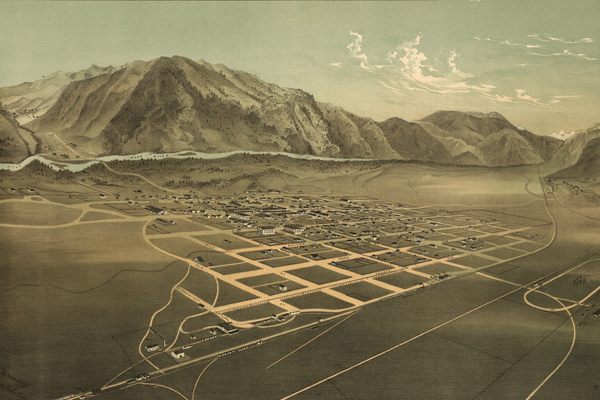
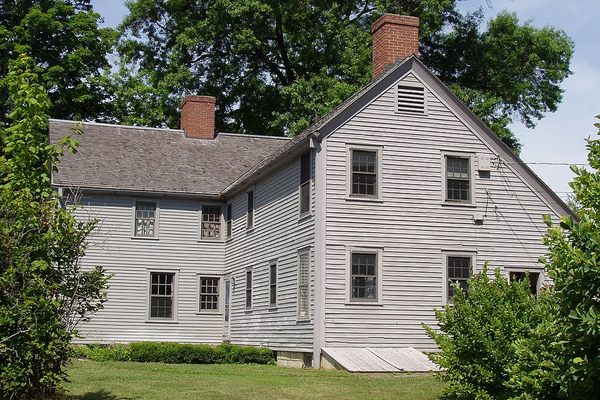
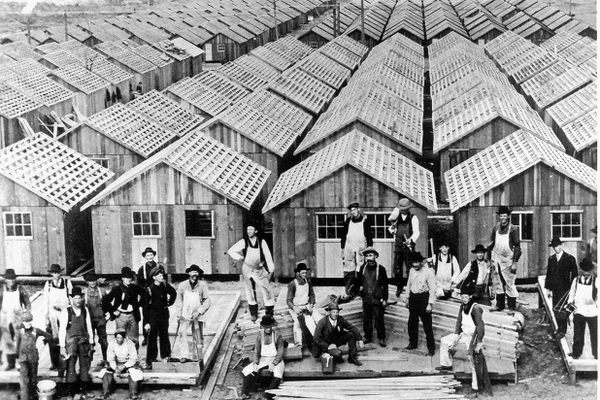
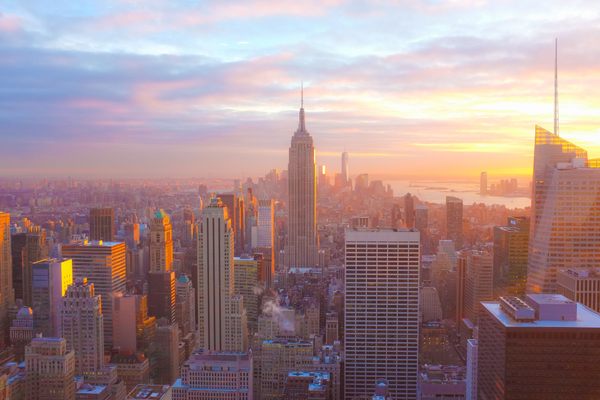
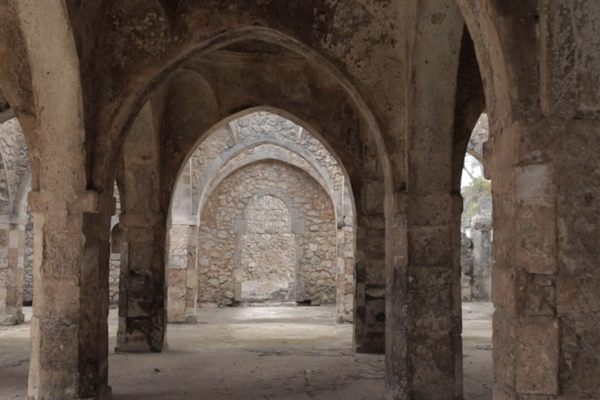


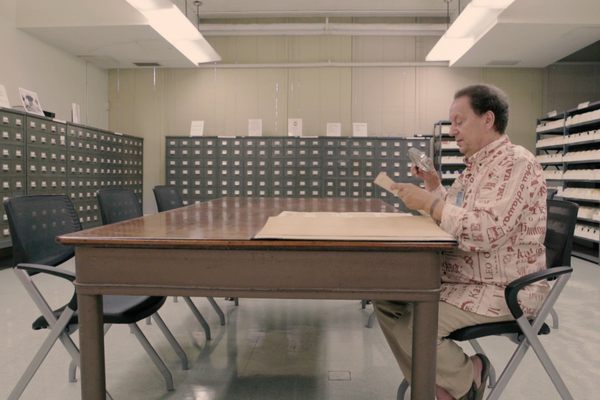

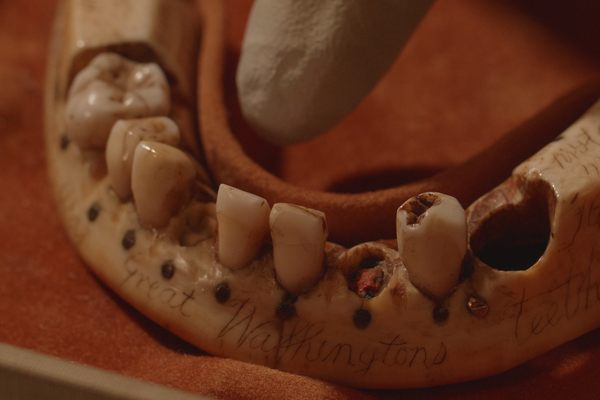




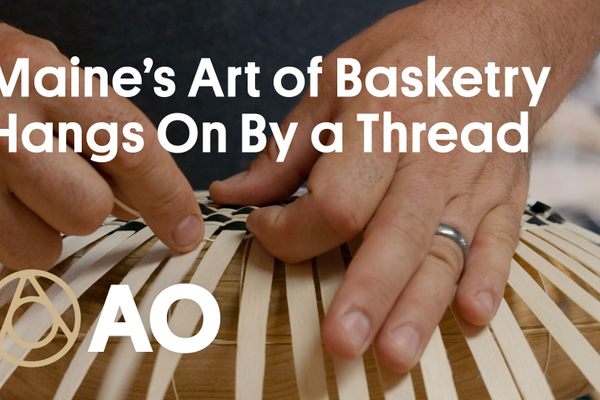



Follow us on Twitter to get the latest on the world's hidden wonders.
Like us on Facebook to get the latest on the world's hidden wonders.
Follow us on Twitter Like us on Facebook